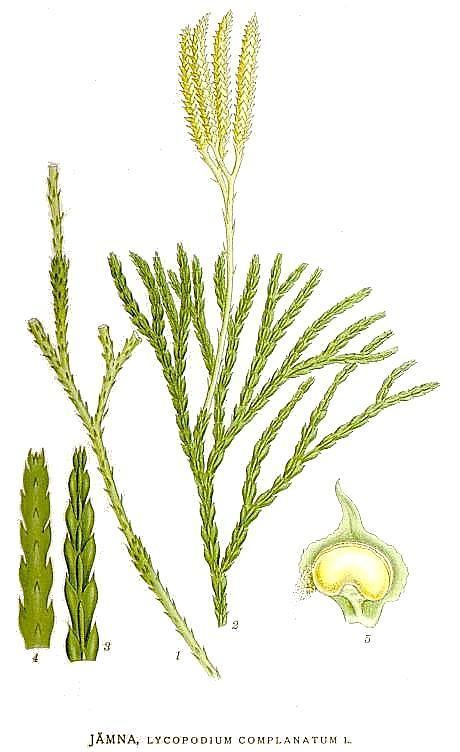Order Lycopodiales Higher classification Lycopodiales | Division Lycopodiophyta Scientific name Lycopodiaceae Rank Family | |
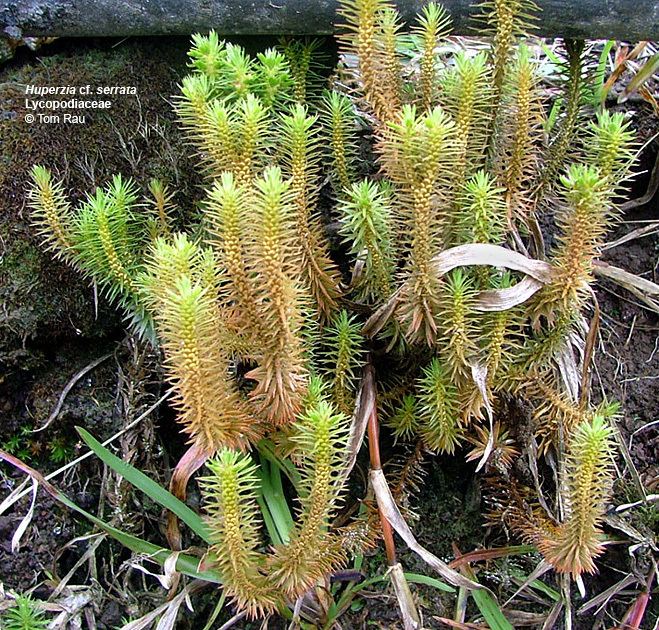 | ||
Lower classifications | ||
Medical vocabulary what does lycopodiaceae mean
The Lycopodiaceae (class Lycopodiopsida, order Lycopodiales) are a family of vascular plants, including all of the core clubmosses, comprising 16 accepted genera and ca 400 known species. These plants bear spores on specialized structures at the apex of a shoot; they resemble a tiny battle club, from which the common name derives. They are non-flowering and do not produce seeds.
Contents
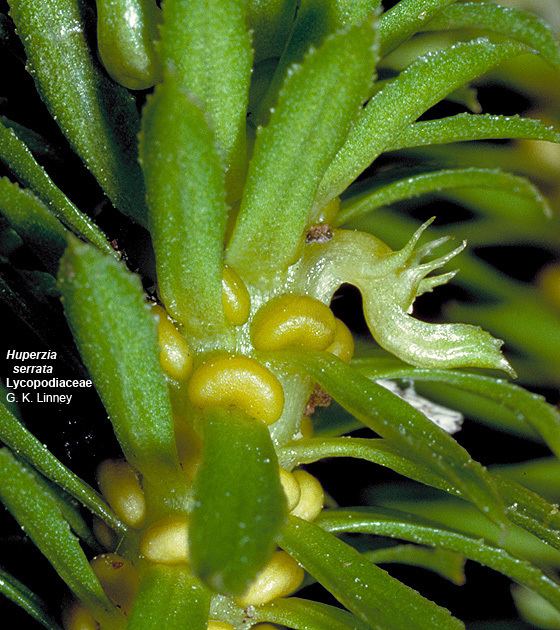
The genera Huperzia, Phlegmariurus and Phylloglossum, the species of which were generally included in a more broadly defined Lycopodium in older classifications, are now all placed in Huperzia although some authors prefer to separate these in the family Huperziaceae; they differ in producing spores in small lateral structures in the leaf axils. There is as yet no consensus on the recognition of Huperziaceae as a separate family; a more broadly defined Lycopodiaceae, including these genera, is still recognized in most general classifications.
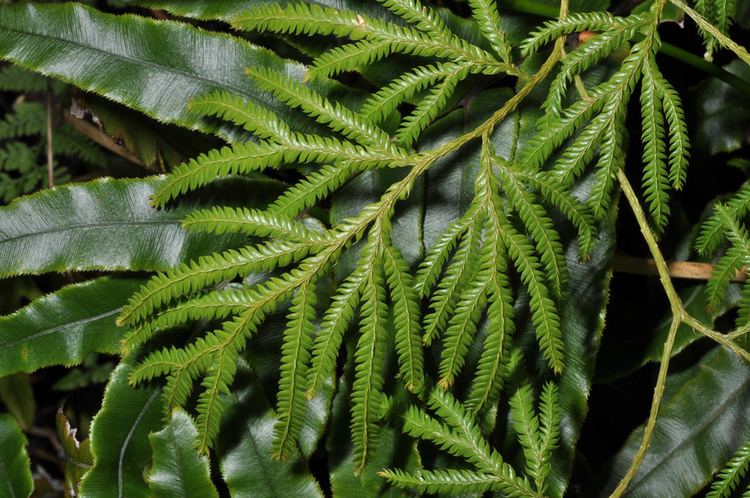
The species within this family generally have chromosome counts of n=34. A notable exception are the species in Lycopodium subgenus Diphasiastrum, which have counts of n=23.
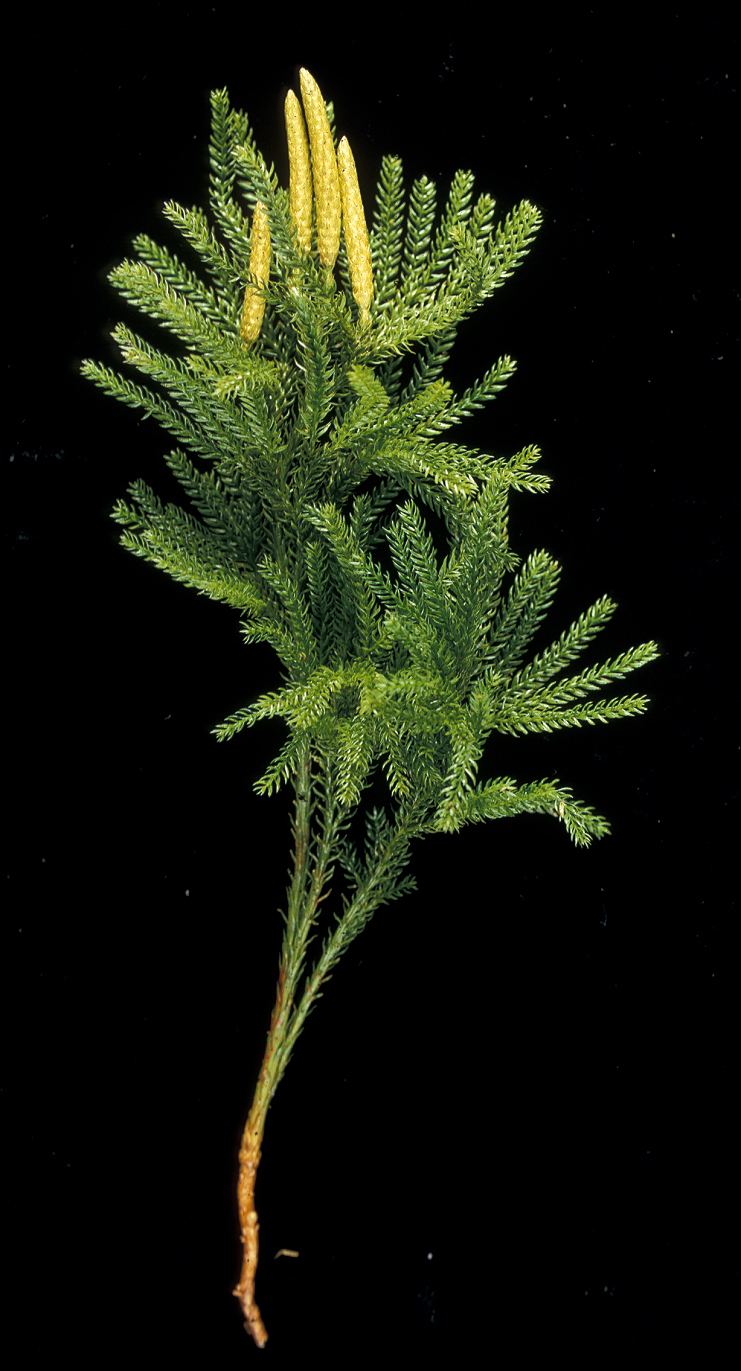
Uses
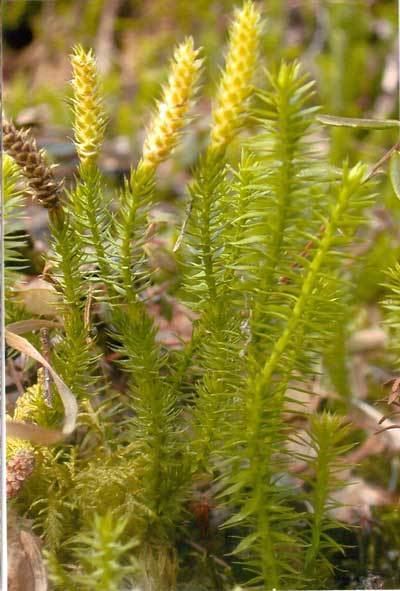
Classification
Subfamily Lycopodielloideae
Subfamily Lycopodioideae
Subfamily Huperzioideae
